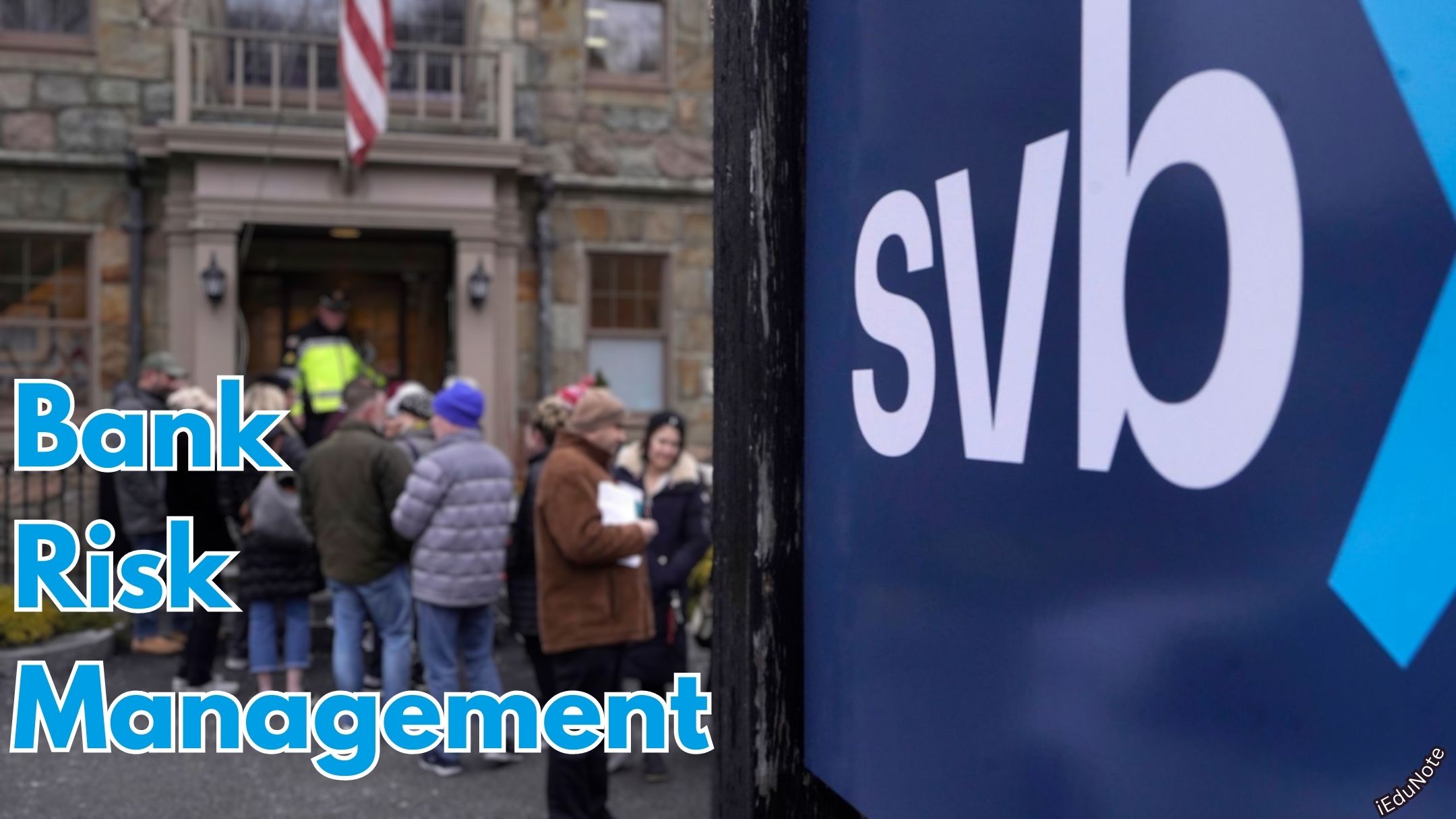
Loan sales allow originating banks to diversify part of their credit risk by selling loans to other market participants. Loan sales can be made in 15 different ways.
15 Methods of Loan Sales
Underwritten amount
The amount that the bank formally “commits” to a transaction. This is the amount for which the bank is at economic risk and must sign if syndication is not completed.
Downstream correspondent bank
This usually refers to small or medium-sized banks that purchase loan participation from larger regional banks.
Best-efforts syndication amount
The difference, if any, between the total facility amount and the selling bank commitment amount.
Repo clause
An agreement in which the participating seller promises to repurchase the participation at a higher price on a specific date.
Re-syndication
The process is undertaken when one or more banks underwrite an entire Ioan and then syndicate to a group of primary lenders.
Underwriting liability
The general reference to any seller’s liability to the buyer arising before, during, or slightly after completing a loan sale transaction. Risks generally relate to misrepresentation or nondisclosure of information.
Latent liability
The general reference to any ongoing seller liability arising from either underwriting liability or ongoing seller responsibilities to the buyer.
Bid loan
A loan to a borrower for a particular maturity date and generally for an absolute interest rate.
Loan part
The commonly used term in the investor marketplace for the economic transaction is when an investor purchases a participation in a bid note or a grid bid note.
Skim/scalp
The part of a loan’s yield that sellers of participation retain for their profit.
Competitive bid option
When a borrowing company wishes to draw all or part of its funds under an existing loan. it puts that piece of the credit up for bid among the primary syndicate members., The bank bidding lowest wins the right to finance that piece.
Drop-dead fee
A borrower pays a fee to compensate lenders for committing funds to finance a takeover bid that never takes place.
Upstream correspondent bank
Refers to money centers and other major banks that sell loan participation to regional banks.
Signing amount
The amount for which the originator or seller bank intends to sign. The amount may be no more than the originator bank commitment amount or less than the portfolio hold amount and is often between those amounts.
Strips
The sale to investors of specific rollovers under a committed credit facility, the duration of which is longer than the specific rollover (e.g., a 30-day advance under a 3-year revolving credit).
Credit derivatives enable banks to improve their balance sheets by buying the risk of some other institution’s exposure or selling the risk of loans in their portfolios.
Banks diversify lending risk by hedging or adding to exposures by engaging in these strategies. The growth of credit derivatives looms from the substantial flexibility associated with this credit strategy.
The ability of portfolio managers to create custom-made assets (exposures) of the optimal risk tenor and currency has elevated this tool to the apex of risk management.

